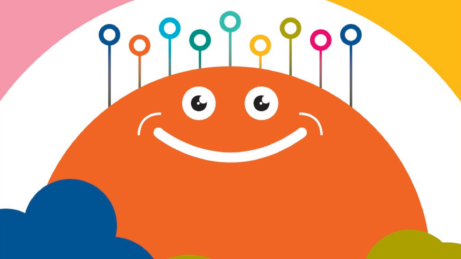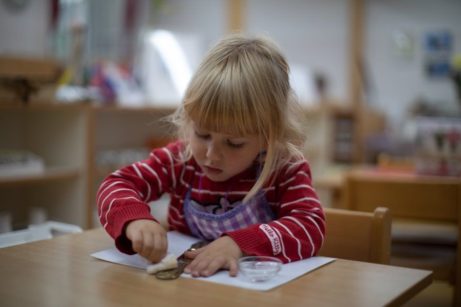The Beginning of my Montessori Journey in Bilingualism
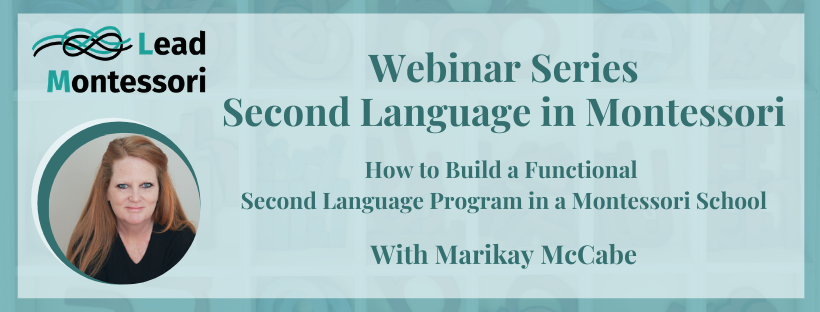
Like many Montessorians around the world, it was motherhood that led me to discover María Montessori, her theories of human development, curriculum and pedagogical practices.

Marikay McCabe during Open Space Session on Lead Montessori 2019, Prague
I was immediately impressed by the common sense character of her insights and conclusions. It often takes a true genius to identify what lies hidden behind “accepted wisdom” and the habits of thought that go along with them. As an Anthropologist I was struck by her use of the power of observation in her methodological study children, learning environments and the role of adults in that context.

Marikay McCabe visiting Lead Montessori 2019, Prague
In 2005 I made the decision to open a small Montessori school in Madrid when what was available did not match with my values. My intention was to offer my daughter (and other children) a humane and nurturing environment that would foster her development until age six. Given that she was 2.5 when I made this decision I did not have time to train or do much research, but I was clear that we would follow the Montessori curriculum and the standards established by AMI (Association Montessori Internationale).
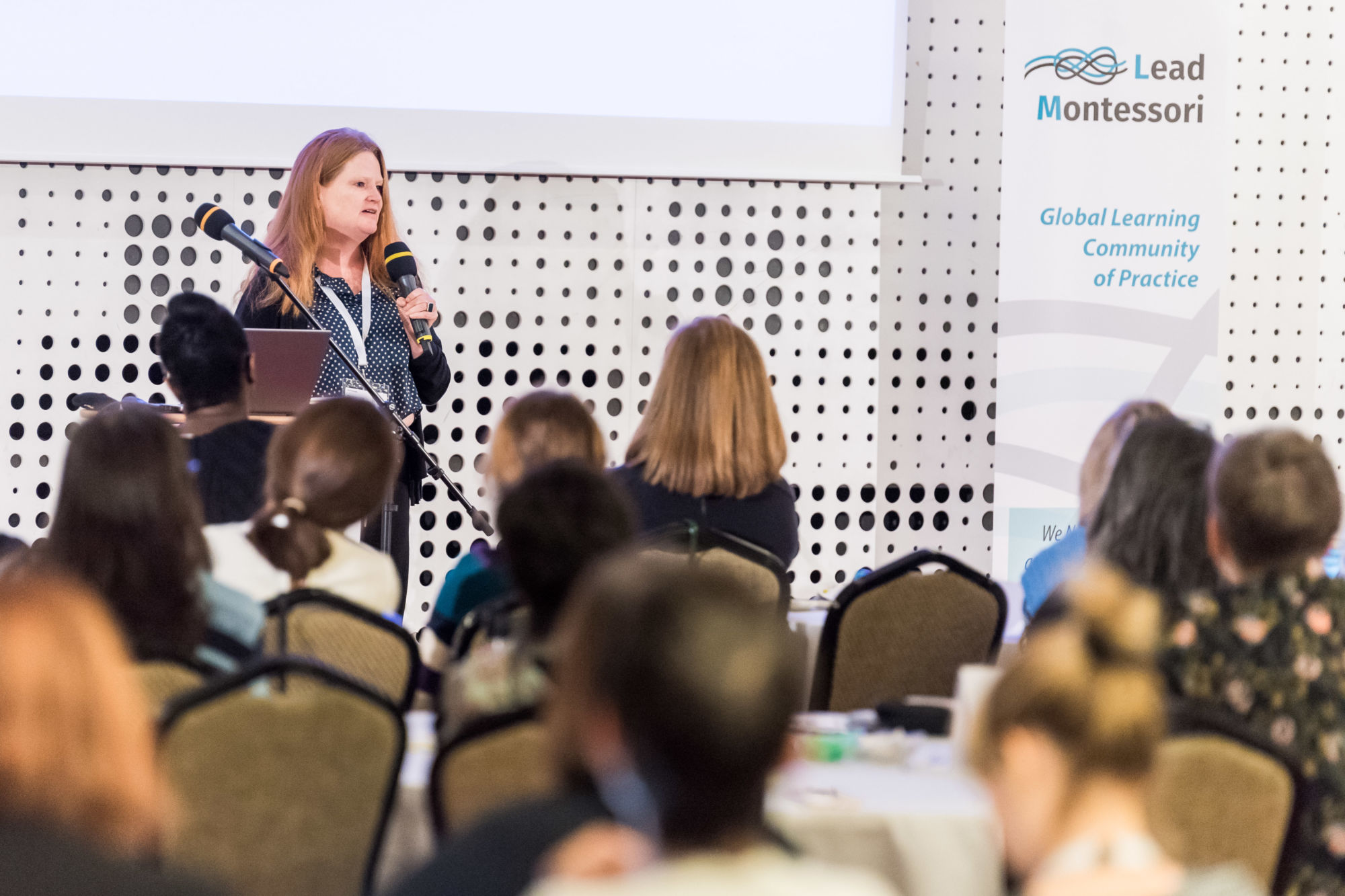
Marikay McCabe presenting the topic Multilingual Education in Montessori during Flash Presentations, Lead Montessori 2019, Prague
I found myself saying to teachers and families in the school, I would only consider modifying the curriculum if I saw that it did not meet the needs of our children. When we didn’t get the results we hoped for it was a question of reflecting on ourselves and the environment.
However, there was one area that did begin to raise questions that first school year — language. English was the first language of the school and I hired a native speaking guide and a bilingual assistant for the first Children’s House. The majority of children the first year spoke English at home and there were a minority of Spanish speaking children. Unfortunately the Spanish children became ghettoized and did not integrate into the larger group. This did not fit with the respect for diversity that I wanted the school to foster.

“Multilingualism in Montessori Environments”, a Session given by Marikay McCabe on Lead Montessori 2019, Prague
So the move into bilingualism in the second school year was a response to the circumstances – the needs of the children. I was lucky to have the advice of a parent who had a Ph.D. in bilingual education and had taught in New York City schools. She suggested a dual language model in which both languages are given equal presence and status and offered a way to educate children to be bilingual, biliterate and appreciative of many cultures.
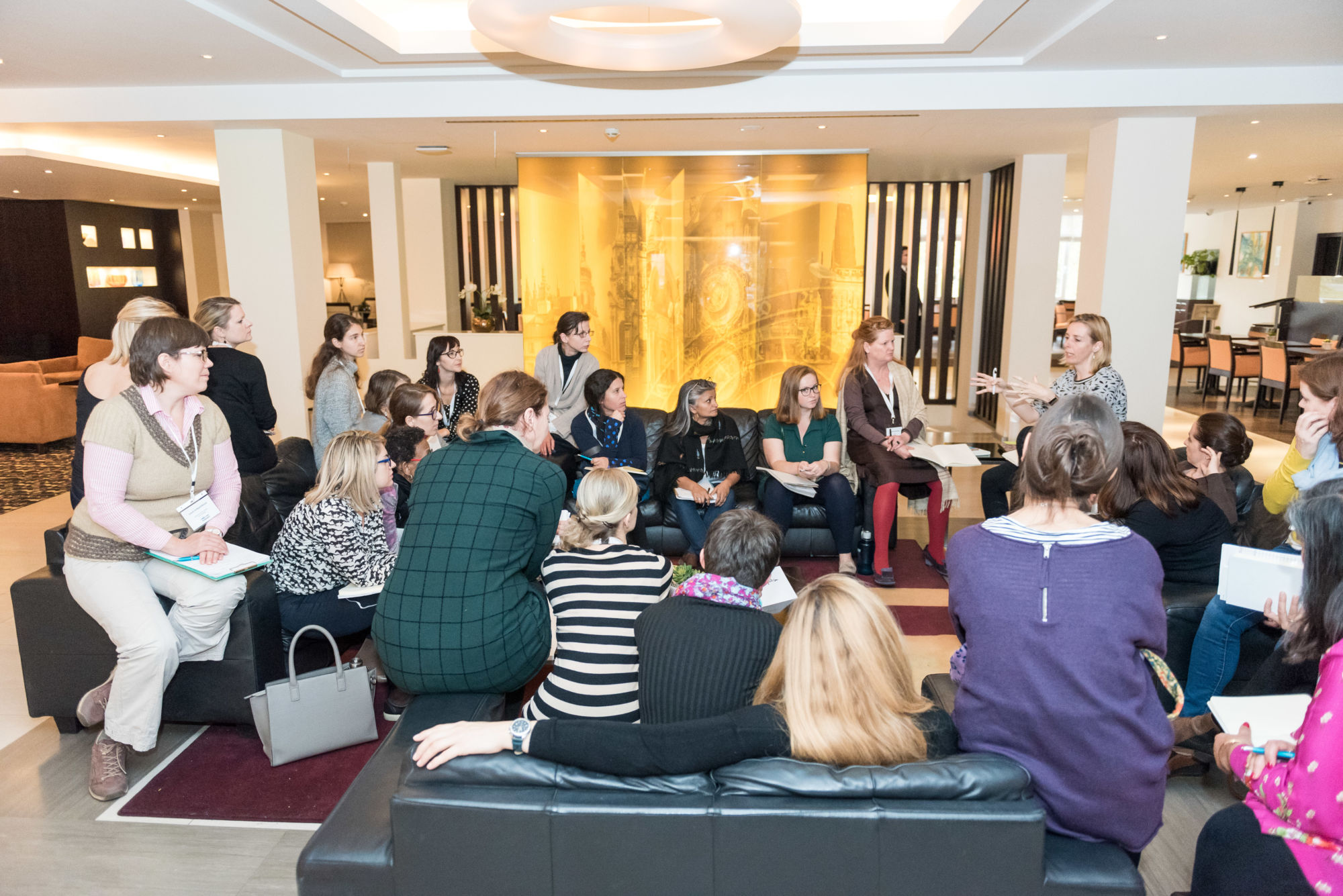
Open Space Session led by Marikay McCabe on Lead Montessori 2019, Prague
I am glad that now through webinars and workshops that I am able to share many of the lessons learned and continue to build a network of practitioners so we can continue to learn from each other.
– Marikay McCabe
We have great news for you. A very special series of webinars is coming up, led by Marikay McCabe, and supported by Lead Montessori.
Series of Webinars – “Second Language in Montessori Environments”
March 4, 11, 18, 25, 2020
by Lead Montessori
Join us, and let’s set off on a journey towards Multilingual Montessori Schools all over the World!
